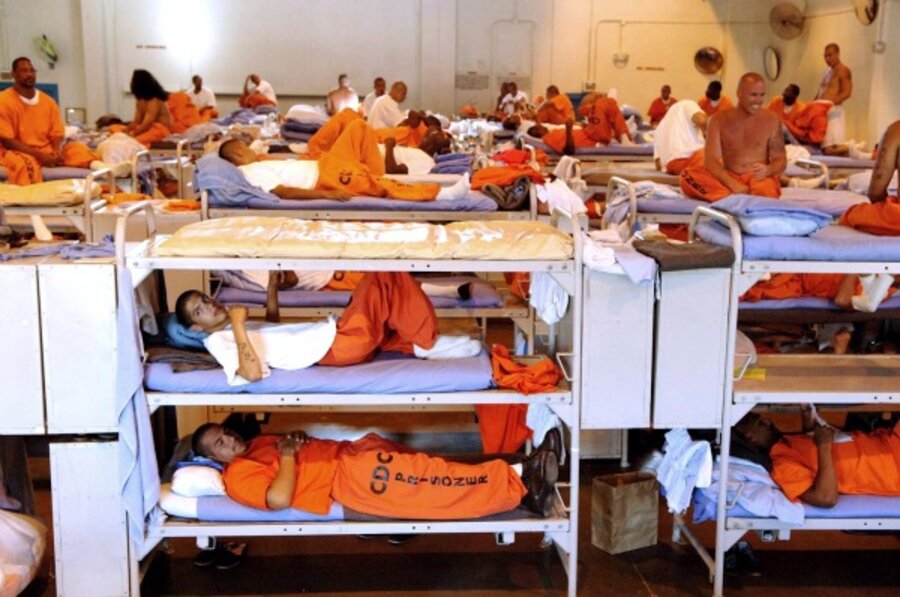Habitual-offender laws are now in effect in more than 20 states and regularly yield perverse sentences. California’s three-strikes law, for example, was passed during the paranoia that followed the searing murder of 12-year-old Polly Klaas by a long-time violent offender, and is so egregiously punitive that nonviolent petty theft may serve as a “third strike.”
Leandro Andrade, a father of three, who never once committed a violent felony, received two sentences of 25 years-to-life for stealing children’s videotapes, including “Free Willy 2” and “Cinderella,” from Kmart. A new ballot initiative in California, “The Three Strikes Reform Act of 2012,” seeks to change this law.





